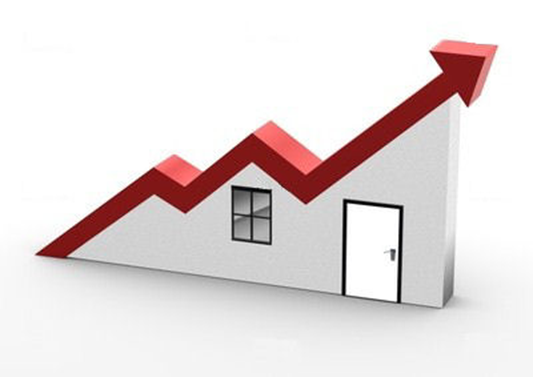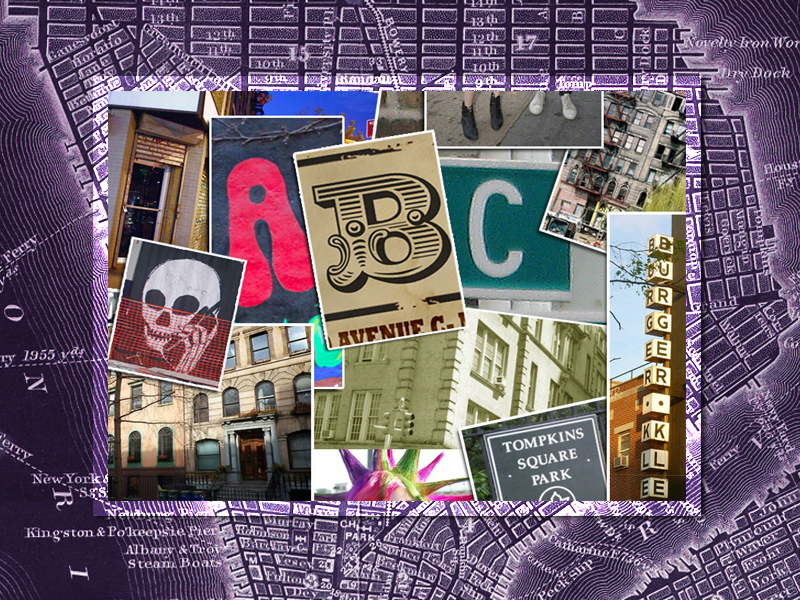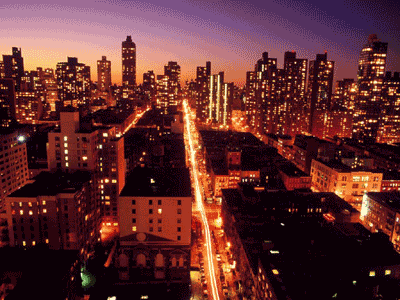
If you are looking for a new apartment in Manhattan, chances are that you are going to be looking for homes in neighborhoods like the Upper West Side or Greenwich Village. After all, these are the neighborhoods that are enjoying a lot of buzz, thanks to both the quality of the homes in the area, as well as the livability of the area itself. Having said that, the apartments here won’t come cheap, since rents, after all, are so closely correlated with the reputation of the neighborhood. But there are exceptions to the rule—there are some Manhattan neighborhoods that are currently on the upswing, and the rents there haven’t shot through the roof—yet.
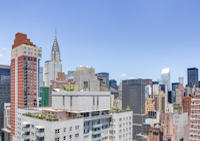




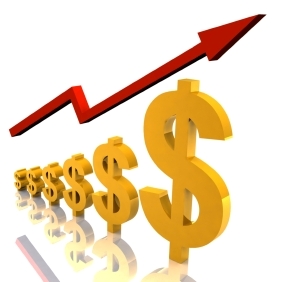 Although affordable housing was high on Mayor Bloomberg’s list of initiatives, housing costs continue to rise, due perhaps to the market subtracting units faster than Bloomberg can put them up. This has led to a spike in the percentage of income that New Yorker’s are spending on rent. According to a new Harvard paper, the high cost of housing is directly linked to the slowdown of economic growth. This is a problem that is compounded by New York’s high unemployment rate compared with the rest of the country. This seems to occur because New York hires people from out of state and few
Although affordable housing was high on Mayor Bloomberg’s list of initiatives, housing costs continue to rise, due perhaps to the market subtracting units faster than Bloomberg can put them up. This has led to a spike in the percentage of income that New Yorker’s are spending on rent. According to a new Harvard paper, the high cost of housing is directly linked to the slowdown of economic growth. This is a problem that is compounded by New York’s high unemployment rate compared with the rest of the country. This seems to occur because New York hires people from out of state and few 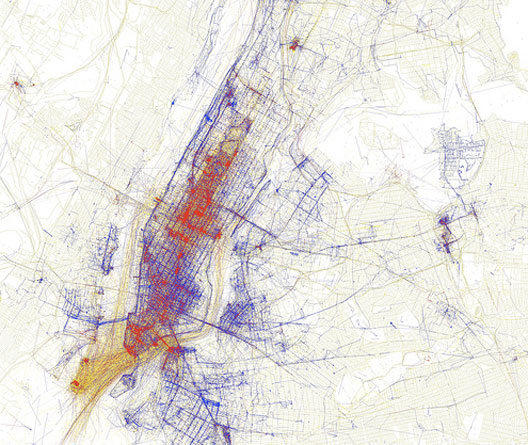 City Comptroller John Liu released a report last Wednesday stating that rising rents are increasingly putting pressure on middle-class families. The new report showed that half of all city households typically spend more than 30% of their income on rent alone, compared to 26% nationally. Rent becomes officially unaffordable when it goes over 30%, according to federal benchmarks. Middle-income
City Comptroller John Liu released a report last Wednesday stating that rising rents are increasingly putting pressure on middle-class families. The new report showed that half of all city households typically spend more than 30% of their income on rent alone, compared to 26% nationally. Rent becomes officially unaffordable when it goes over 30%, according to federal benchmarks. Middle-income 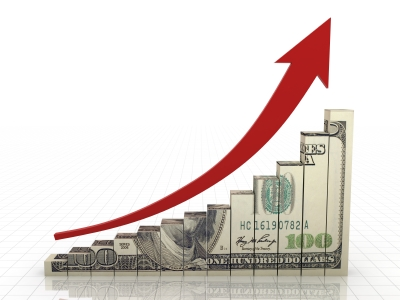 New York City has always been known as a very expensive place to live in. Be it a wholesome meal or even just a ride on the subway, it is a common feeling among New Yorkers that they are paying more “for everything” than their counterparts in other cities around the country. This rift is best seen in
New York City has always been known as a very expensive place to live in. Be it a wholesome meal or even just a ride on the subway, it is a common feeling among New Yorkers that they are paying more “for everything” than their counterparts in other cities around the country. This rift is best seen in 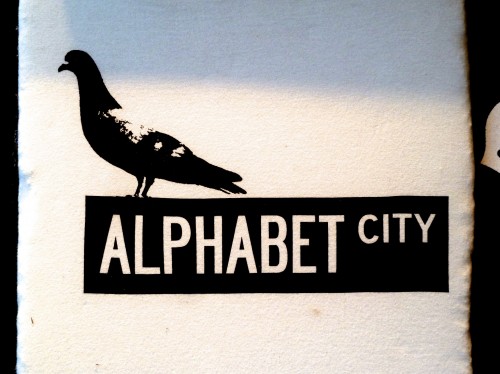 We recently wrote about how
We recently wrote about how 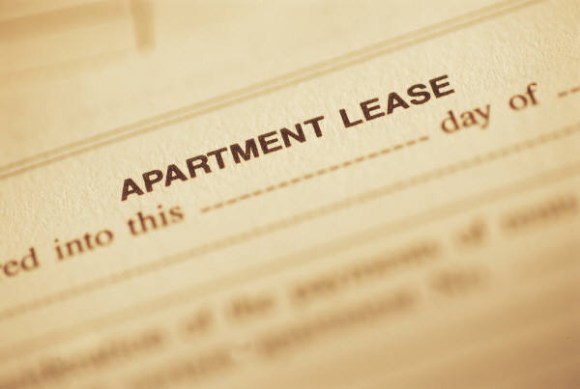
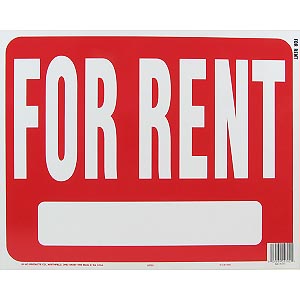 The autumn winds are descending on New York City, which can only mean one thing--there’s a storm coming. Fall is a banner season for the Manhattan rental market, and projections for the final three months of 2012 look to heighten this precedent.
The autumn winds are descending on New York City, which can only mean one thing--there’s a storm coming. Fall is a banner season for the Manhattan rental market, and projections for the final three months of 2012 look to heighten this precedent. 